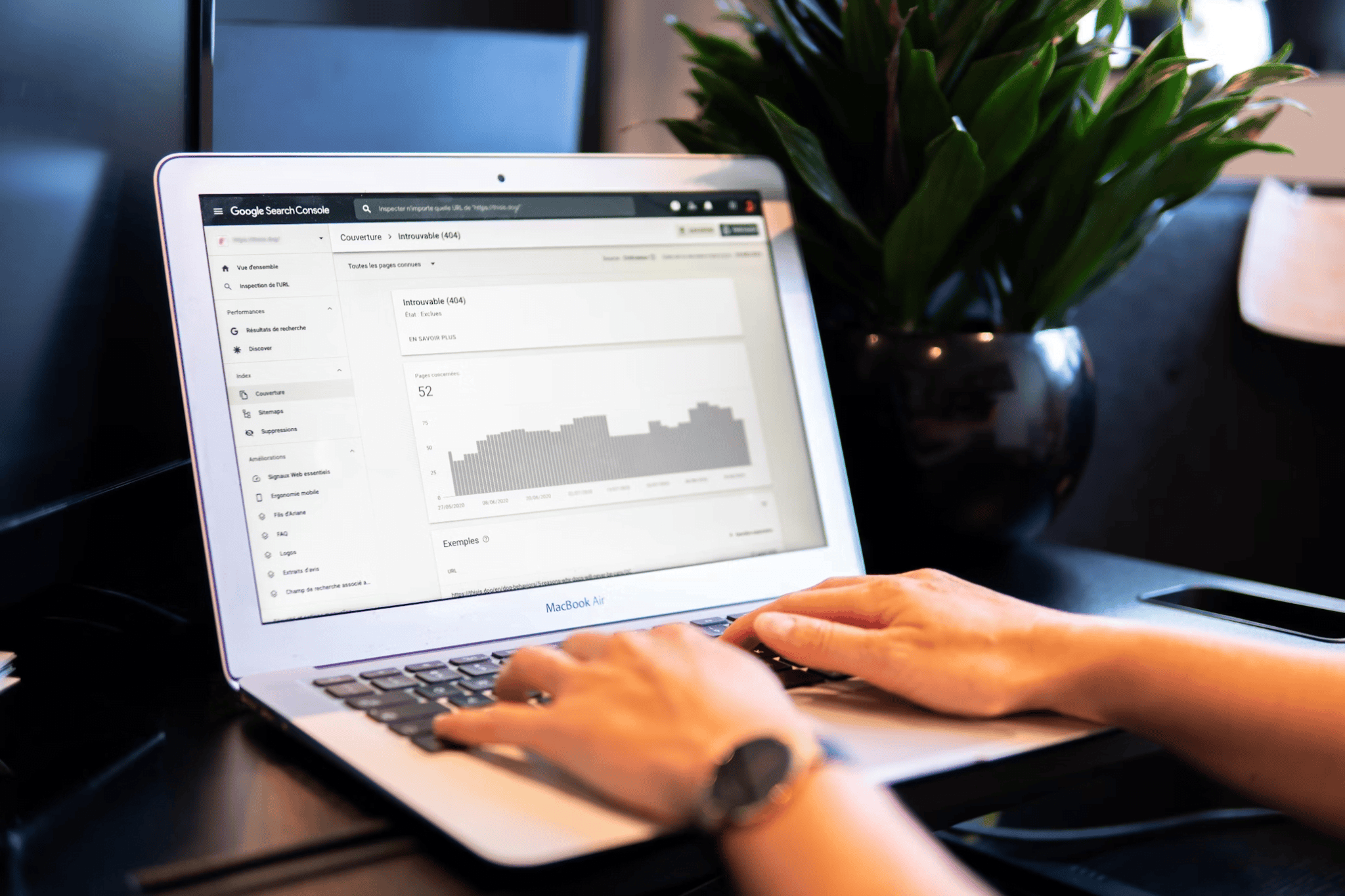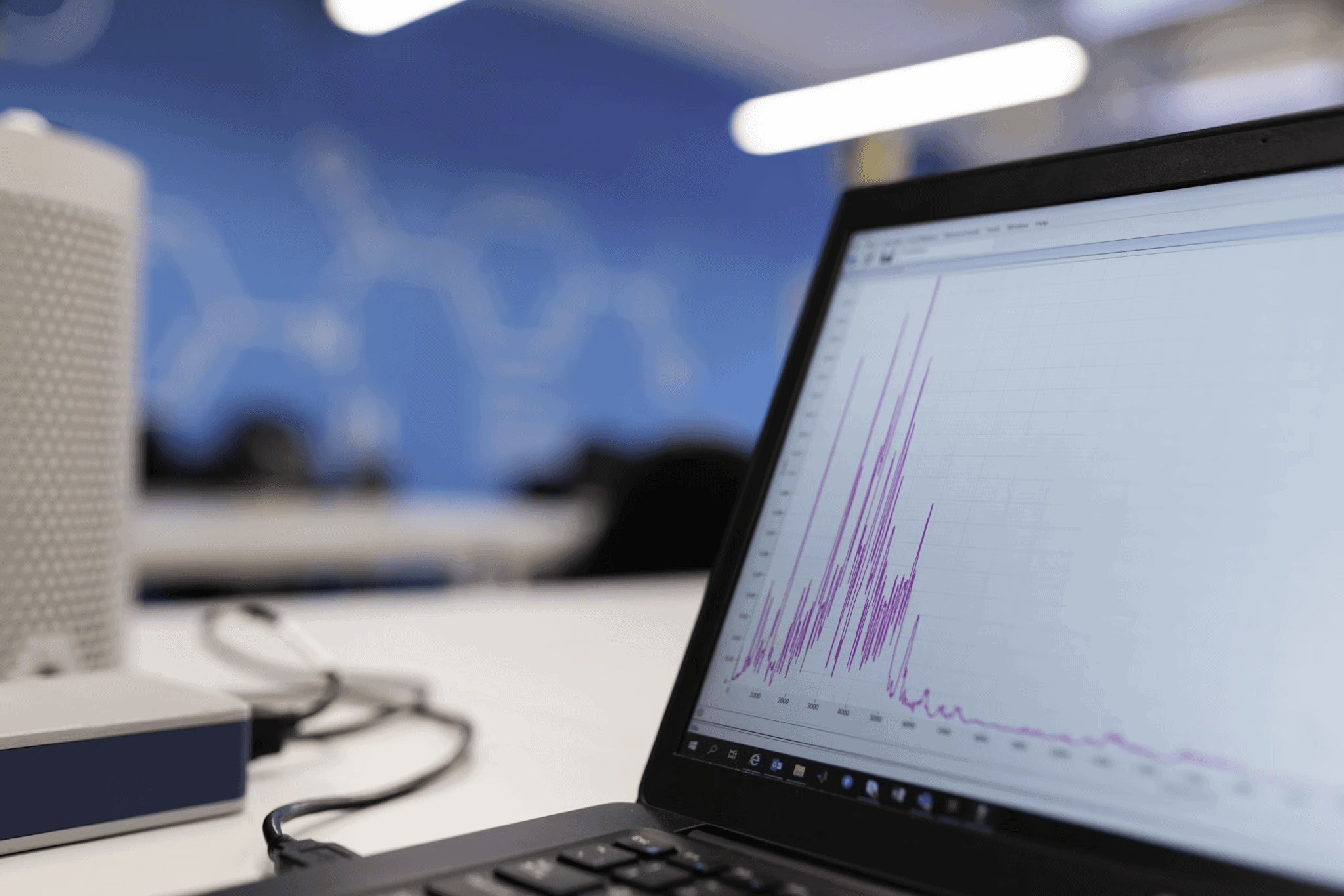Audience segmentation is a’ ticket to more targeted marketing, tailored product offerings, and refined sales strategies–but it’s rarely used to its full extent. However, this year, we can expect it to become a more valuable tool than ever before.
With the vast ocean of data available and the new technologies on hand to provide better analysis and insights, audience segmentation will play a big role in shaping marketing strategies that target specific customers and appeal to their personal tastes.
This means consumer expectations are going to change, and generic methods of bringing in new customers won’t have the same impact.
What Is Audience Segmentation?
Every day, we are all inundated with information. Social media posts, adverts, and news media–to name just a few– are constantly trying to grab our attention. With this much competition, it takes careful targeting to cut through the noise and get your message across.
By categorizing your audience into segments and using modern tech solutions such as EA tools, you create the basis for tailored communication. When you group by customer behavior, likes, dislikes, or anything else, you no longer have to rely on a one-size-fits-all approach that usually delivers a poor ROI.
Importance of Effective Audience Segmentation in 2024
As the expectations of customers evolve, so must the efforts of every business. Our inboxes, screens, and apps are flooded with generic messages that have little to no impact–which is why companies can no longer afford to overlook the capabilities of audience segmentation.
Going forward, successful businesses will be those that recognize the demands of the market and use audience segmentation to make personalized content and inspire their product innovation.

Free to use image sourced from Unsplash
Current Trends Shaping Audience Segmentation
Let’s look at some of the trends that are likely to play a big role in audience segmentation this year.
- Integration of AI and machine learning: Cutting edge technologies have arrived to automate data processes and enable predictive segmentation models. The use of AI in this area will see a shift from reactive to proactive strategies.
- AI for data analysis: The ability of AI to analyze vast data sets in the blink of an eye will make it an invaluable asset to businesses going forward. It also provides a highly detailed view of audience segments and, therefore, more precise targeting.

Free to use image sourced from Unsplash
- Privacy regulations: Wherever customer data is involved, privacy is always a consideration. As regulations become ever stricter, businesses must establish iron-clad data protection measures. This is important so that customers can trust their information is in good hands.
- Building trust through ethical practices: Trust can be further built by maintaining ethical practices, including transparent data usage policies and consent-driven approaches. This supports ethical segmentation and long-lasting audience-business relationships.

Free to use image sourced from Unsplash
Strategies for Improving Your Business Audience Segmentation
These are the best tactics for improving your audience segmentation in 2024.
Track online engagement and offline interactions
Likes on social media, website interactions, and browsing habits–these are all part of a long list of online footprints that can help you build a clearer picture of your audience and what they want.
But there’s also the offline interactions to consider. Whether it’s in-store purchases or customer service interactions, these snippets can give you insight into customer pain points, behaviors, and interests. Online and offline touchpoints should all be integrated with your segmentation model.
Purchase behavior insights
If you’re not looking closely at your customers’ purchase history, it’s time to start. Analyzing previous purchases helps you to create segments of people with similar preferences. Using these segments and analysis, you can start to predict customer behavior.
For example, say your data reveals that people who purchase a pair of running shoes were more likely to buy a fitness tracker within six months. You can then target the segment of customers who buy running shoes with a carefully planned marketing strategy and offers for fitness trackers.
Understand customer buying patterns
Customer buying patterns can be affected by many diverse factors, when you understand them, you can create segments that reflect the subtleties of customer behavior. What triggers customers to make certain purchases at any given time?
Adverts or seasonal trends can play a role. Some purchases may be impulsive, whereas others are carefully considered and research-driven. Understanding what influences purchase patterns can improve supply and demand forecasting, as well as the relevance and timing of marketing campaigns.

Free to use image from Unsplash
Crafting messages based on demographics
Use demographic data to segment your audience in whichever way is most helpful for your business, be it age, location, or professional occupation. With this as a starting point, you can begin tailoring content to individual users.
You can then step away from generic messaging and make sure that you strike the right chord with your target audience. When you’re dealing with a diversity of identities and interests, using the same approach for everyone won’t get results.
Aligning products with demographic preferences
Improving your business audience segmentation also requires that you look at how your products are serving your customers. Analyze which products certain demographics like and which are less popular.
You can then align products with the preferences of specific demographic segments, creating offerings that address your audience’s unique needs. This will increase the likelihood of purchase and cultivate brand loyalty.
Customize offers and messaging for different regions
It’s important to be relevant and that includes every country in which you do business. Customizing marketing, products, and offers in different regions isn’t just a matter of translating to the right language.
It concerns cultural nuance and region-specific trends. Keeping up to date with local trends is non-negotiable for global businesses. Always be culturally aware so that your campaigns hit the right note.
Analyze technological tools and platforms
There’s no shortage of ways to interact online, but what tools and platforms are your audience using? Whether they’re scrolling through Instagram on their phones or shopping on Amazon from their laptop, it’s valuable for you to know if you want to use technology for business success.
This data helps you to make the right decisions about channel allocation and content distribution. For instance, if your customers are more active on visual platforms, Instagram would be the best place to focus your content marketing efforts. Whereas, if they prefer to read longform content, blogs might be more effective.

Free to use image sourced from Unsplash
Segmentation based on technology adoption
On the other hand, not all customers have the same level of tech-savviness. In some cases, it may be effective to create business segments based on the level of technology adoption in an audience.
Business strategies can then be tailored to fully accommodate different levels of digital literacy. This nuanced approach ensures that marketing efforts resonate with audiences across the technology adoption spectrum.
Tailoring products to fit technological preferences
Aside from marketing, you can also adapt your products to align with the technological preferences of your audience. This could mean improving the user-friendliness of your web or app interfaces.
Otherwise, if you discover your audience primarily looks at your website when they’re on their phone, you can make sure every page is optimized for phone display. Catering to technological preferences gives your audience a better experience and increases customer satisfaction.
Use enterprise architecture as the foundation for segmentation
You may be thinking, what is enterprise architecture? Simply put, it gives businesses a framework in which to organize all their internal systems. In the case of audience segmentation, it serves to ensure segmentation strategies can grow with your business.
Enterprise architecture integrates your strategies into any existing systems, so data streams all run smoothly. What’s more, it helps to align your segmentation practices with your wider business goals.
Utilizing data enrichment tools
There’s no audience segmentation without data. To make sure your strategies are as successful as possible, you need to maximize the quality and depth of your data. This is where data enrichment tools come in, as they can attach additional information to existing data sets.
Take, for example, basic customer data, such as email addresses and purchase history, you can attach additional information, like demographic details or social media activity, to these data sets. Enriched in this way, you can gain a clearer understanding of your audience, which facilitates more effective customer segmentation.
Furthermore, incorporating information gathered during the onboarding process into your data enrichment efforts can provide valuable insights into new customer preferences and behaviors.

Free to use image sourced from Unsplash
Establish an effective CRM System
Your CRM system isn’t merely a data repository, it’s a tool through which you can easily organize customer information into meaningful segments. This is a vital step towards personalized communication that really speaks to your audience.
Look for a platform that has automation tools and is compatible with your other systems. It should also have the capability to conduct regular data quality checks to assess the accuracy and cleanliness of your data.
Incorporate segmentation into CRM workflows
Segmentation shouldn’t be a standalone process, it ought to be seamlessly integrated into your existing processes and procedures. By incorporating segmentation into your CRM workflows, you can feel confident that every customer interaction is guided by a personalized approach.
From email marketing campaigns to online customer support, segmentation should be an integral part of your business at every level, improving the standard of service your audience receives.
Create a seamless cross-channel experience
These days, many people engage with brands across multiple channels, making it vital to maintain consistency in brand image and identity across the board. The idea is to give your audience a seamless cross-channel experience, delivering a unified message.
That means your segmentations should be applied consistently too, so whether you’re cross posting on social media apps or using multiple communication channels, a cohesive and personalized brand experience is always maintained.

Free to use image from Unsplash
Overcoming Challenges in Audience Segmentation
While it’s true that audience segmentation brings big benefits in the way of more personalized and targeted communication with your audience, it also comes with its share of challenges.
However, forewarned is forearmed, so let’s take a look at the most common obstacles you may come across in your audience segmentation efforts.
Data accuracy and reliability
There’s no point pretending that without accurate and reliable data, your audience segmentation efforts will fall flat. Data that’s inaccurate or outdated is often the cause, resulting in misguided segmentation that prevents your strategy from having the desired impact.
Ongoing data audits are the best defense against poor-quality data and can protect you from wasting resources on segmentation efforts that are doomed before they’ve even started.
To ensure that your audience segmentation strategies are effective, it’s important to create a roadmap for your business. This roadmap will serve as a guiding plan for implementing the following tactics to improve your audience segmentation in 2024.
Balancing personalization and privacy
As we’ve discussed at length, a personalized audience experience is the main goal of audience segmentation. However, there are concerns around privacy that can’t be ignored. Customers are, understandably, increasingly wary of how their data is used.
It’s, therefore, incumbent upon every business to strike the delicate balance between customization and privacy. Be transparent about your data practices, abide by local regulations, and obtain explicit consent for using customer data so that your audience segmentation strategy doesn’t sacrifice customer trust.
Adapting to dynamic consumer behavior
Consumer behavior is not static, and keeping on top of a constantly changing situation requires a flexible approach. Continuously monitor the sentiment of customer interactions, emerging trends, and shifts in the wider market.
You can then quickly make adjustments to your segmentation strategy when necessary. Avoid becoming complacent and proactively respond to customer behavior so your segmentation approach remains relevant and effective.
Implement Business Audience Segmentation in 2024
This is the year to supercharge your audience segmentation endeavors. Every business that hopes to remain competitive must use this tool to engage with their audience in a personal and tailored manner. The blanket messaging of old is no longer going to fly, as customer expectations shift to demand a customized experience.
A good place to start is by employing the right tools to automate the daunting task of managing colossal amounts of data. Armed with these solutions, you can gain incredible insight into your audience demographics, buying patterns, and preferences. This knowledge will inform your strategy and take your audience segmentation to the next level.

